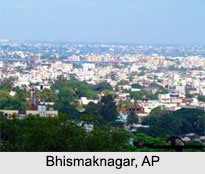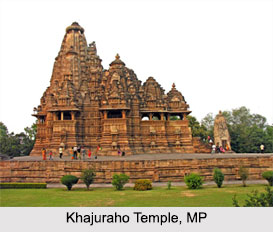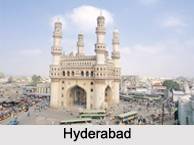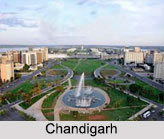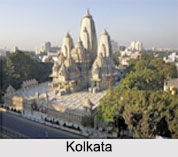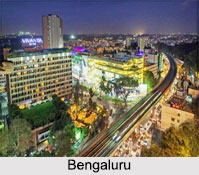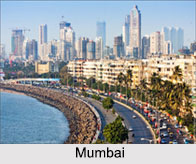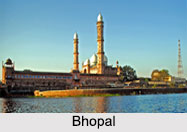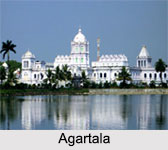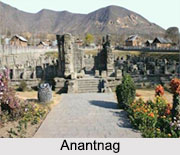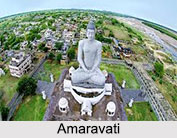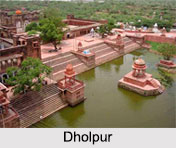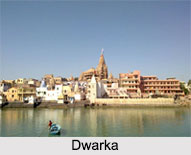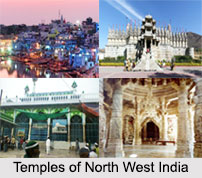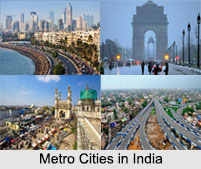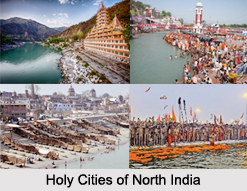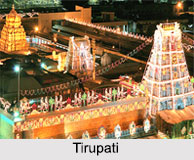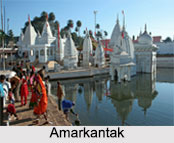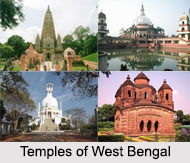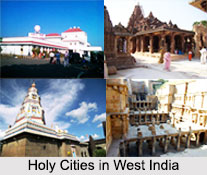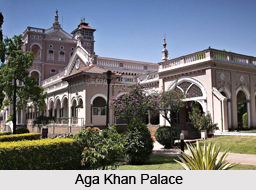 Aga Khan Palace is one of the well built buildings of Pune. Built by Sir Sultan Muhammed Shah Aga Khan III this was palace was constructed in 1892 in Yerwada near Pune. This palace was mainly constructed with the intension to provide employment to the famine struck people. With its lavish architecture and splendid natural beauty this palace is considered as one of the most beautiful buildings of Pune. This was later on donated to Government of India by Prince Shah Karim al-Hussayni Aga Khan IV the grandson of Sir Sultan Muhammad Shah Aga Khan III which was converted into Gandhi memorial because of its close association with Mahatma Gandhi.
Aga Khan Palace is one of the well built buildings of Pune. Built by Sir Sultan Muhammed Shah Aga Khan III this was palace was constructed in 1892 in Yerwada near Pune. This palace was mainly constructed with the intension to provide employment to the famine struck people. With its lavish architecture and splendid natural beauty this palace is considered as one of the most beautiful buildings of Pune. This was later on donated to Government of India by Prince Shah Karim al-Hussayni Aga Khan IV the grandson of Sir Sultan Muhammad Shah Aga Khan III which was converted into Gandhi memorial because of its close association with Mahatma Gandhi.
Aga Khan Palace has been one of the most important historical monuments of Pune. Besides known as a palace of Aga khan this is also known as Gandhi memorial. Mahatma Gandhi, his wife, and their long time aid Mahadev Desai were kept under home arrest in this palace. Both Kasturba Gandhi and Mahadev Desai died of dysentery during the home arrest after which a Samadhi was constructed in the palace in the memory of Kasturba Gandhi and Mahadev Desai. As such Aga Khan Palace includes a museum which has a rich collection of pictures and photographs of some important incidents of Gandhi`s personal life. This also has a wide collection of some personal items like clothes and chappals, utensils and so on which reflect the private life of Mahatma Gandhi and his wife. Among the main collections the museum also includes some personal letters written by Mahatma Gandhi on the death of his secretary. Along with other possessions some ashes of Gandhi was also kept in the memorial.
Aga Khan`s palace has been an important institution of Pune. Becausde of its fine looks and attractive architecture this palace was used for shooting Richard Attenborough`s biopic on Gandhi. Since 1980s the palace of Aga khan, the museum, Gandhi memorial and the Samadhi of Kasturba Gandhi and Mahadev Desai has been maintained by the Gandhi memorial society. The society organizes a number of exhibitions which largely reflect Gandhi`s personal life.
Thus with the past memories of Mahatma Gandhi and his family along with excellent architecture Aga Khan`s palace attract a large number of tourists who not only visit the palace for its scenic beauty but also for the Gandhi memorial.
